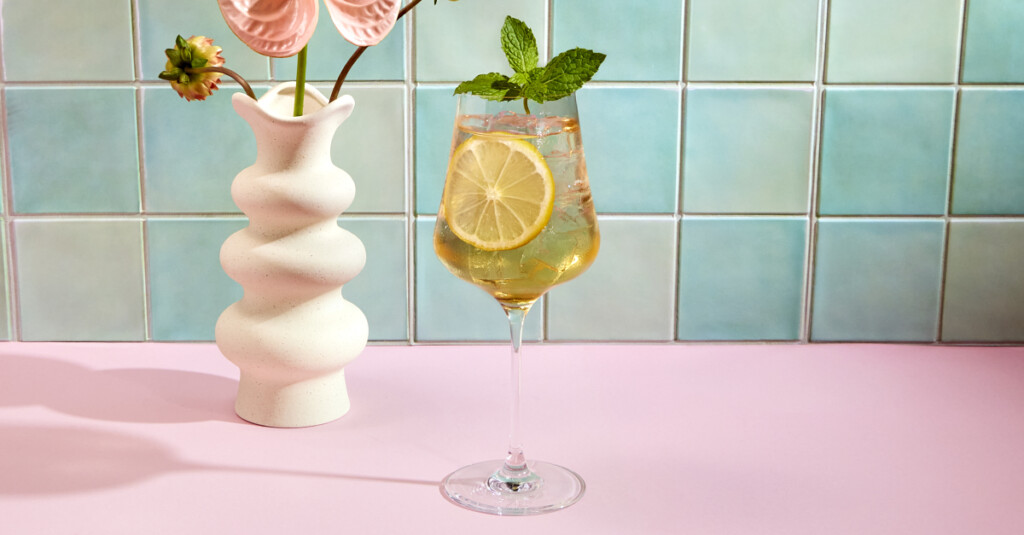The Story Behind The Hugo Spritz
If Aperol fatigue has got you down, consider pouring up a Hugo Spritz. The effervescent drink shows that elderflower liqueur and mint strike a resonant chord with the usual Spritz suspects, resulting in a clean, floral cocktail with equal parts bark and bite.
The Hugo Spritz hails from the northern tip of Italy in the province of Alto Aldige. By most accounts, bartender Roland Gruber coined the drink in 2005 while working at San Zeno Wine & Cocktail Bar in small town Naturno. The build originally included lemon balm syrup, but Gruber swapped it for with a housemade elderflower cordial early on. Most Hugo Spritzes you’ll see on menus nowadays call specifically for St-Germain Elderflower liqueur, and though it’s not Italian, it is easy to track down and offers the Spritz an extra kick of booze. As for where the cocktail’s name came from, according to St-Germain, Hugo refers to a type of elderflower syrup. Other sources claim that Gruber chose the name at random, but either way, the name certainly has a better ring to it than “the Gruber Spritz.”
Given the drink’s TikTok-driven, short-lived spike in 2023, some (like us) might say that the Hugo Spritz ranks among the “drinks of summer that never were.” But that doesn’t take away from what really matters: it’s a damn-tasty, refreshing aperitivo. While many recipes suggest muddling a few mint leaves first, we’re skipping that step here: it not only presents the risk of shattering your wine glass but also tends to leave bits of mint floating around in your Spritz, hindering its visual appeal. Simply garnish with a mint bouquet and a lemon wheel and sip away.



